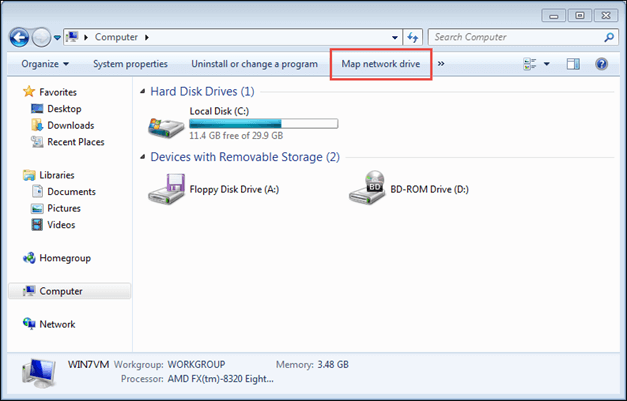One of the most peculiar features of Windows compared to most operating systems is the use of letters to define the different units, creating a directory tree for each one.
This is not seen on Linux, Mac, FreeBSD and other Unix and Unix operating systems.
The most veteran possibly think that the use of letters by Windows to define the different units is something inherited from previous Microsoft operating systems, and the truth is that they are not wrong.
While it is true that MS-DOS is considered the pioneer in this issue, the reality is that it comes from an earlier system called CP / M. Another peculiarity of the Redmond giant's systems compared to most competitors is the tendency to use the backward slash bar () by default instead of forward (/), although both can be used by users with Same results.
On the other hand, the systems considered as Unix heirs tend to use a single directory tree that starts from the root (/), also called root.
From there, all branches of the system are "branched", including configuration files, executable binaries, system rules, user folders, additional units that are mounted in the system and the rest of the components.
Why is the main Windows storage unit called "C:" and not "A:"?
At the time of MS-DOS, the graphic interfaces had not yet become widespread, so using letters served to make unit identification easier. Nowadays, thanks to these graphic interfaces, it is easier for everyone to identify the elements present in the system, be it hardware or software.
As an inherited characteristic, the letter “C:†is assigned to the system installation partition because the letters “A:†and “B:†are initially reserved for floppy disks, a storage format magnetic that in the present times is almost extinct due to its low capacity and reliability, being buried by the CD-ROM in the first place and by the pendrives later.
For years, very visual and descriptive information of the units present in the system has been obtained through the "Computer" or "My Computer" section of Windows. Even eliminating the letters, the user can intuit perfectly by means of the icons the type of unit, in addition to seeing the maximum storage capacity and the space occupied by the data.
In modern Windows, as in Linux, a subfolder can be converted into a mount point for drives in the operating system. This possibility is available from the Disk Management tool.

